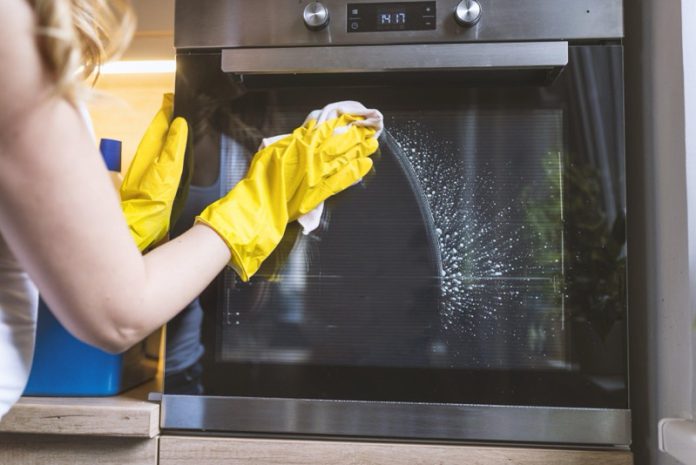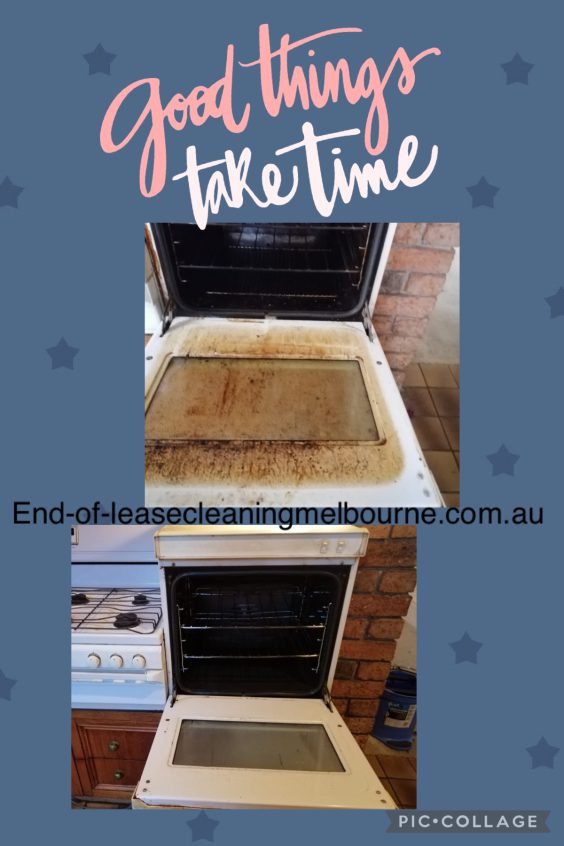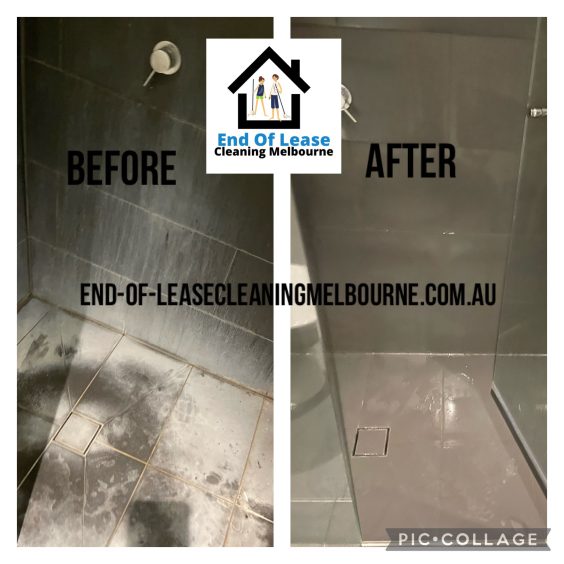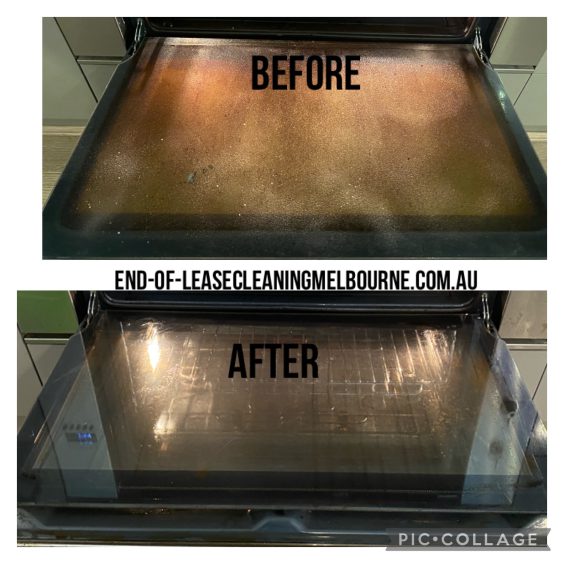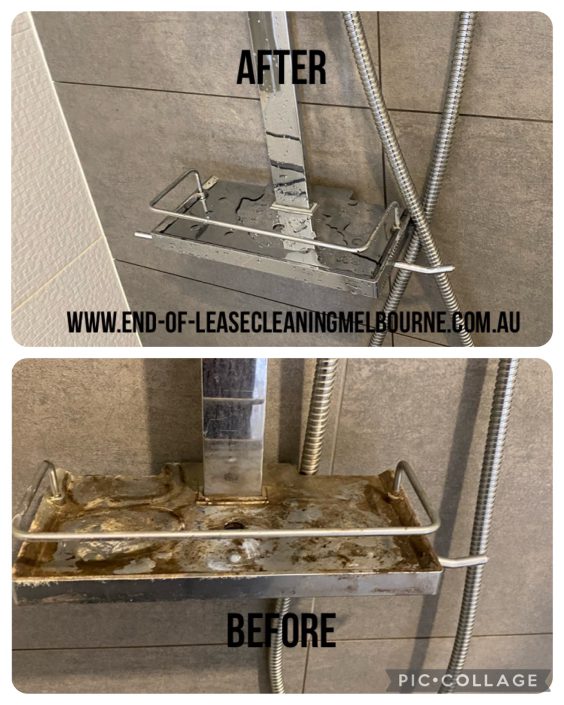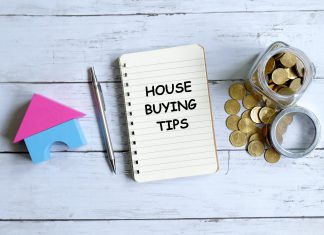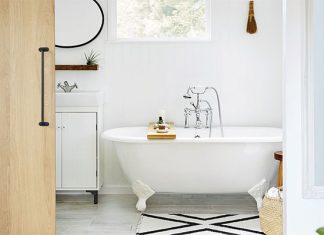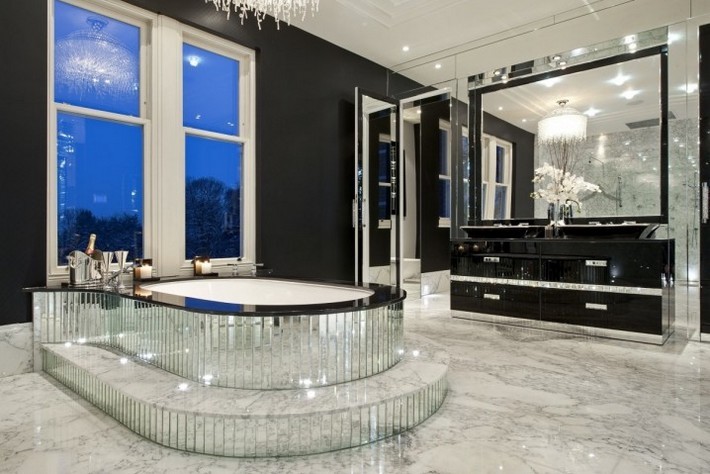Introduction
Moving out of a rented property can be both exciting and nerve-wracking. One of the most crucial tasks on your checklist is the end-of-lease cleaning. Performing a thorough and effective cleaning not only ensures that you leave the property in excellent condition but also increases your chances of getting your full bond money back. In this article, we’ll explore some DIY end of lease cleaning tricks, techniques, and essential cleaning agents to help you achieve a spotless result.
-
DIY Cleaning Tricks and Techniques
Create a Cleaning Plan: Start by creating a comprehensive cleaning plan. Divide the property into areas such as the kitchen, bathrooms, bedrooms, and living spaces. Having a clear plan will keep you organized and ensure that no corner is overlooked.
Top-to-Bottom Cleaning: Always clean from top to bottom. This prevents dirt and dust from falling onto areas you’ve already cleaned. Start with ceilings, light fixtures, and vents, and work your way down to floors.
Declutter First: Before you dive into cleaning, declutter your space. Remove any personal belongings and unnecessary items to access every area easily.
Gather Your Supplies: Gather all the necessary cleaning supplies and tools before you start. This includes microfiber cloths, scrub brushes, a vacuum cleaner, mop, buckets, and cleaning solutions.
Focus on High-Traffic Areas: Concentrate your efforts on high-traffic areas like the kitchen and bathrooms. These areas often require more attention due to grease, grime, and soap scum buildup.
Detailing Appliances: Use a mixture of baking soda and water to scrub and clean kitchen appliances like ovens, cooktops, and range hoods. Allow the mixture to sit for a while before scrubbing to remove tough stains and residues.
Tackling Grout: Grout in bathrooms and kitchens can become discolored over time. Create a paste using baking soda and water, apply it to the grout, and scrub with a toothbrush. For stubborn stains, consider using hydrogen peroxide.
-
Essential Cleaning Agents
White Vinegar: A versatile cleaning agent, white vinegar can be used to clean glass surfaces, sanitize countertops, and even remove limescale buildup around faucets.
Baking Soda: This mild abrasive agent is excellent for scrubbing surfaces like sinks, bathtubs, and stovetops. It also helps eliminate odors from carpets and upholstery.
Lemon: Lemons are natural deodorizers and can be used to clean cutting boards, sanitize surfaces, and remove stains. The acidity of lemon juice can help break down grime and grease.
Castile Soap: This biodegradable soap is gentle yet effective for cleaning various surfaces. It’s especially useful for cleaning floors, walls, and even delicate items.
Hydrogen Peroxide: An excellent disinfectant, hydrogen peroxide can be used to clean and whiten grout, remove mold and mildew, and sanitize surfaces.
-
Tips for a Successful End of Lease Cleaning
Windows and Glass Surfaces: Mix equal parts of water and white vinegar in a spray bottle. Use this solution to clean windows, mirrors, and glass surfaces. Wipe them down with a lint-free cloth or newspaper for streak-free shine.
Carpets and Floors: Vacuum the carpets thoroughly and consider renting a steam cleaner for a deeper clean. For hardwood or laminate floors, use a damp microfiber mop with a mixture of water and a few drops of mild dish soap.
Walls and Baseboards: Wipe down walls and baseboards with a damp cloth to remove dust and marks. Pay attention to areas near light switches and door handles, which tend to accumulate dirt.
Bathrooms: Scrub bathroom tiles, tubs, and sinks using a mixture of baking soda and water. Don’t forget to clean inside the toilet bowl and sanitize all handles and faucets.
Kitchen Appliances: Clean inside and outside of your refrigerator, microwave, and dishwasher. For stainless steel appliances, use a mixture of water and dish soap to clean, and then wipe dry to prevent streaks.
Cabinets and Drawers: Wipe down the interior and exterior of cabinets and drawers. Remove any shelf liners and replace them with new ones if needed.
Light Fixtures and Ceiling Fans: Dust and clean light fixtures and ceiling fans. Remove light covers and wash them with warm, soapy water.
Smoke Detectors and Fire Alarms: Gently vacuum smoke detectors and fire alarms to remove dust that might affect their performance.
Garage and Outdoor Areas: If applicable, clean the garage and outdoor spaces. Sweep the garage floor, remove any cobwebs, and clean any outdoor furniture.
Final Walk-Through: Before you finish, do a final walk-through of the property to ensure that everything is clean and in good condition. This is your opportunity to address any missed spots.
-
Important Safety Considerations
Ventilation: Ensure proper ventilation while using cleaning agents, especially those with strong odors. Open windows and doors to allow fresh air to circulate.
Protective Gear: Wear gloves and, if necessary, a mask when using cleaning agents to protect your skin and respiratory system.
Read Labels: Always read the labels and instructions on cleaning products to ensure safe and effective usage.
Test Surfaces: Before using any cleaning solution, test it on a small, inconspicuous area to ensure it doesn’t damage or discolor the surface.
Upgrade knobs and handles: If you’re looking for upgrading knobs and handles then contact cabinet knobs and handles as they have more than 100 types of varieties available.
Conclusion
Taking the time to perform a thorough end-of-lease cleaning using these DIY tricks, techniques, and essential cleaning agents can save you money and stress in the long run. By following a well-structured plan and using effective cleaning solutions, you can leave the property in pristine condition, ensuring a smooth transition and increasing your chances of receiving your full bond money back. Remember, a little effort now can make a big difference in your moving experience. If you’re looking for professional end of lease cleaning service in Melbourne, then call or email End of lease cleaning Melbourne for best quote.
